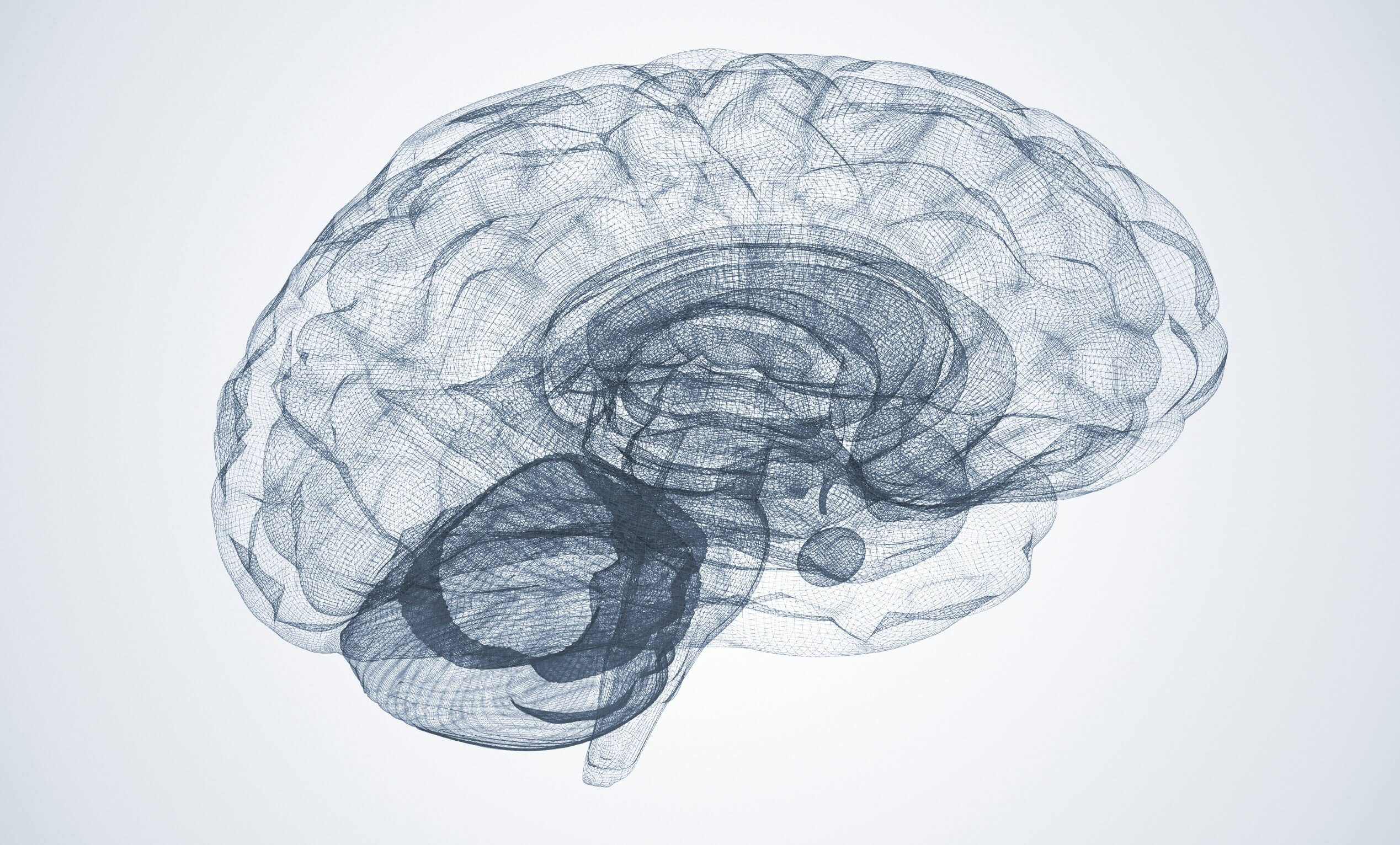Diagnosis for Concussion: There’s An App For That

This year, nearly eight million high school students will take the field in a variety of sports and, according to the Centers For Disease Control, one in five of those athletes will suffer a concussion. Ninety percent of those will not involve a loss of consciousness, and because more than 30 percent occur during practice, many will go unreported or not diagnosed.
Such is the growing concern of parents nationwide as children and teens become more and more attracted to contact sports amid the rise in popularity of sports such as soccer and kick boxing.
However, a research team, headed by Anne Sereno, Ph.D., at The University of Texas Health Science Center, is making headway in the development of a tablet-based diagnosis tool that will make diagnosis faster and more accurate. With use of the tablet, sensory, motor, and even frontal-lobe based cognitive functions are precisely measured with a quick and simple pointing task.
“It is sometimes easy to ‘cheat’ the current testing mechanisms,” says Sereno, whose research has earned grants from Houston’s TIRR Foundation through its research program Mission Connect. “There are players who are concussed that will continue playing without realizing they’ve been injured until hours after play is over, or who suspect they might be injured but continue to play. It takes a pretty observant team doctor or trainer to recognize a potential problem.”
Current standardized sideline testing tools include the King-Devick, a two-minute test given on the sidelines in which the athlete reads single digit numbers displayed on cards or on an iPad, and the Standardized Assessment of Concussion (SAC), that takes into account any athlete showing potential signs of concussion, such as disorientation or confusion, loss of memory, and lack of concentration.
“Many people who have a concussion don’t go to their doctor or to an ER immediately,” Sereno said. “During a game, they’re operating on a lot of adrenaline, so they have no idea they have a problem and push through it. Later, they’re not feeling well, maybe they have a headache, but they don’t actually recognize it or don’t want to admit it for whatever reason. But the fact is they’re slower and it could set them up for another hit later because their reaction times and cognitive ability is just a bit sluggish.”
Diagnosis of young athletes is even more critical, she added, because development and myelination of the brain are pronounced from infancy until about age 24, a time span that includes prime athletic years. In teens, myelination is particularly occurring in the frontal lobe of the brain – the section of the brain that begins just behind the forehead and the key brain region responsible for higher cognitive abilities like attention, working memory, and cognitive control.
“Because of the major changes in the brain during adolescence, a child at 13 could be very different 6 months later, resulting in a change in baseline” she explained. “The developmental trajectory of each child is different. A couple months pass for one child and there is no change, but the next child might have a big change.”
While the King-Devick and SAC tests can be effective in detecting possible concussion on the sideline, Sereno’s study showed that neither was as effective as her tablet test in the hours following concussion in determining how “slow” the patient responses were after injury.
“The effects of concussion can last hours or days,” said Sereno, “so we studied patients with and without a concussion (mild traumatic brain injury) admitted within 16 hours of injury to the emergency room. The test involves giving the patient a smart tablet and asking them to place their index finger inside a circle surrounded by four boxes. When a target appears in one of the boxes, they move their index finger as quickly as possible to touch that target, or in a second task, the opposite target. The time it takes for them to do these tasks is measured, to the millisecond, and that allows us to determine if the patient has sensory, motor, or cognitive slowing due to the concussion.”
An abstract of the study authored by Sereno and her team, slated to appear in the Journal of Neurotrauma, documents that the tablet-based tests were able to detect the subtle changes in sensorimotor and other functions. It also had an excellent level of accuracy in detecting concussion; much better than the standard tests.
“One thing we are also seeing is that physical activity can have immediate and longer lasting benefits,” Sereno added. “Then the question becomes is exercise helpful or hurtful for recovery from concussion. It could be that depending on the severity of the injury, it could be protective to pull them out of play for a longer period, and in other cases, they could be at a point where the exercise is actually helpful or protective.”
While Sereno acknowledges that there is much more about concussion to learn, she does know that helmet use, while critical in protecting against fractures and other surface injuries, actually does very little to protect the brain.
“Most in the field agree protective head gear does reduce skull fracture and tissue bruising, and might reduce some of the acceleration, but it doesn’t prevent concussions or keep the brain from rattling around inside the skull,” she said. “There is still much more to learn. Is it the fact that the head is rotated or the strength of the impact? Right now we don’t have a good sense what role these things play or how they interact. And given that some sports have much more prevalent sub-concussive blows, there is growing evidence that these less impactful blows may in the end be more damaging because of their increased frequency.”
Still, she advises that when it comes to making a decision on the sideline concerning concussion, it is better to err on the side of caution and then make sure the person gets medical attention soon afterwards.
“I think it’s better to lean to the more conservative, at least immediately, so that if you suspect something you can take the player out,” Sereno advised. “However, we know it’s a challenge when it’s your star player and the game is on the line. Still you should be cautious because right now there is no real objective measure. Even when you do have an objective measure, you have to remember that the brain is still maturing and developing, so it is possible that some effects may not be apparent until later.”




